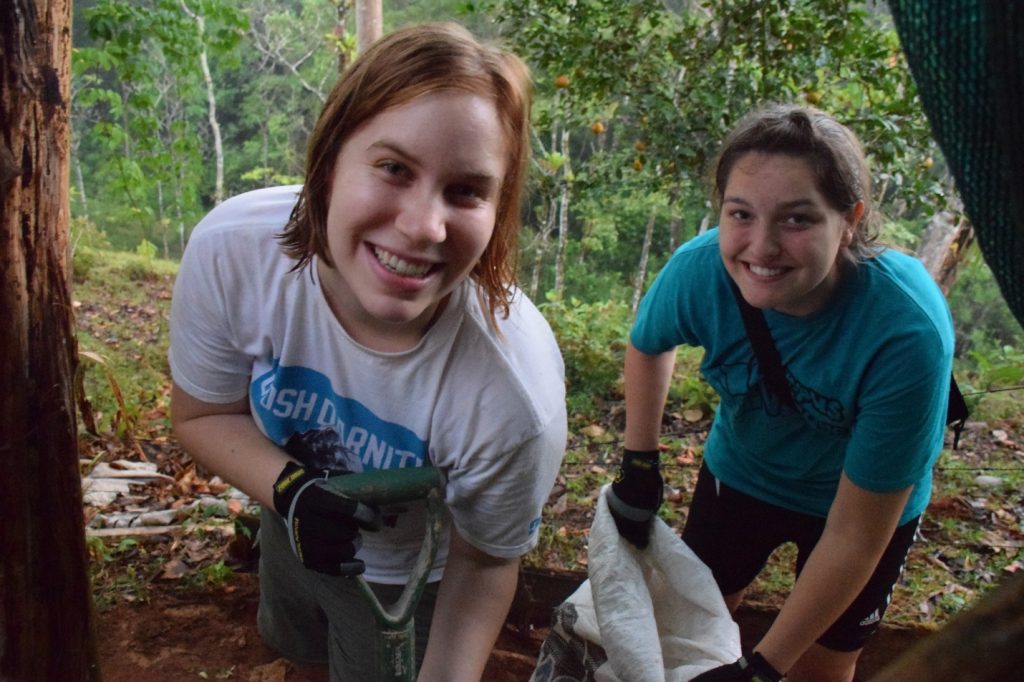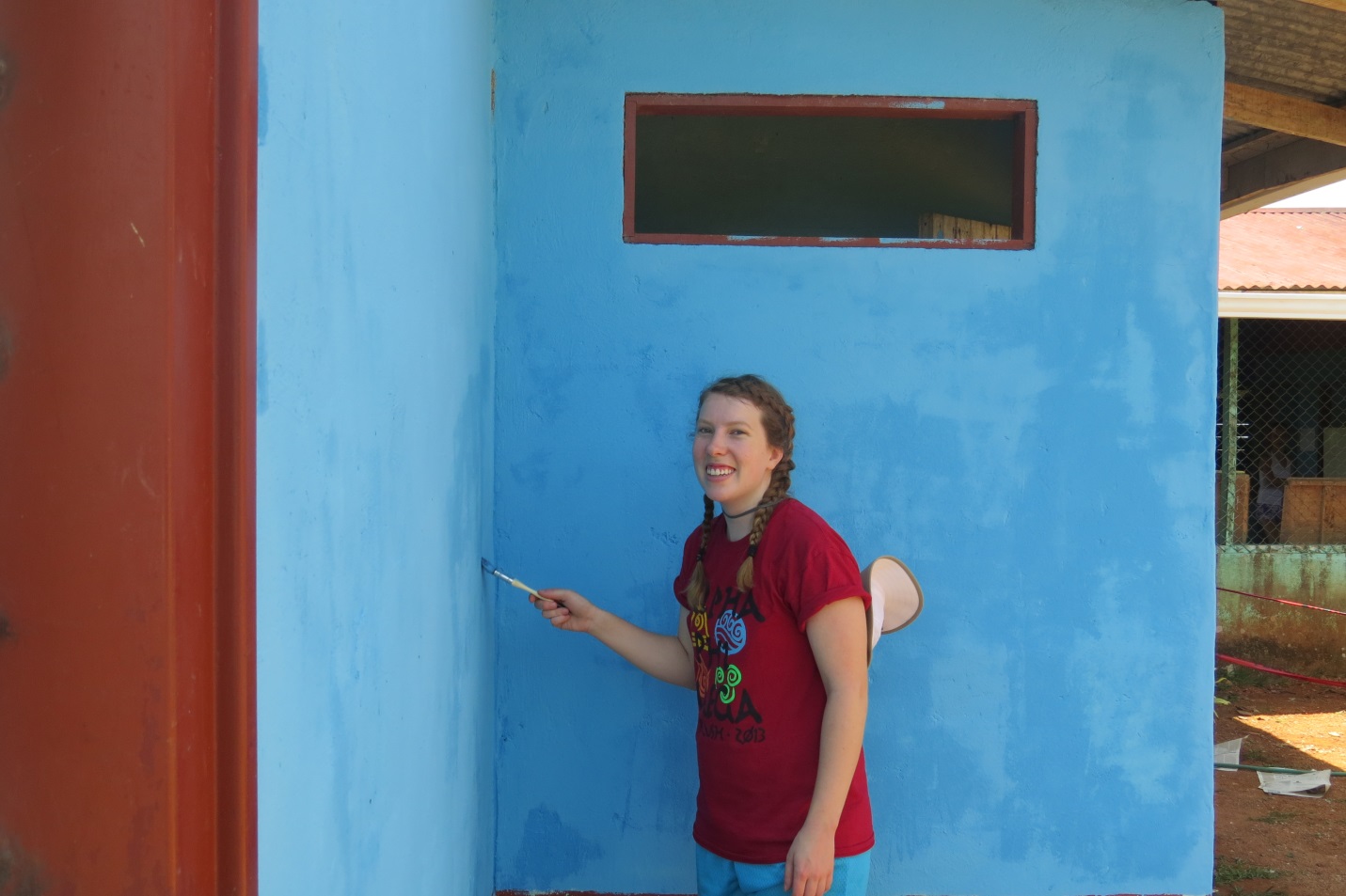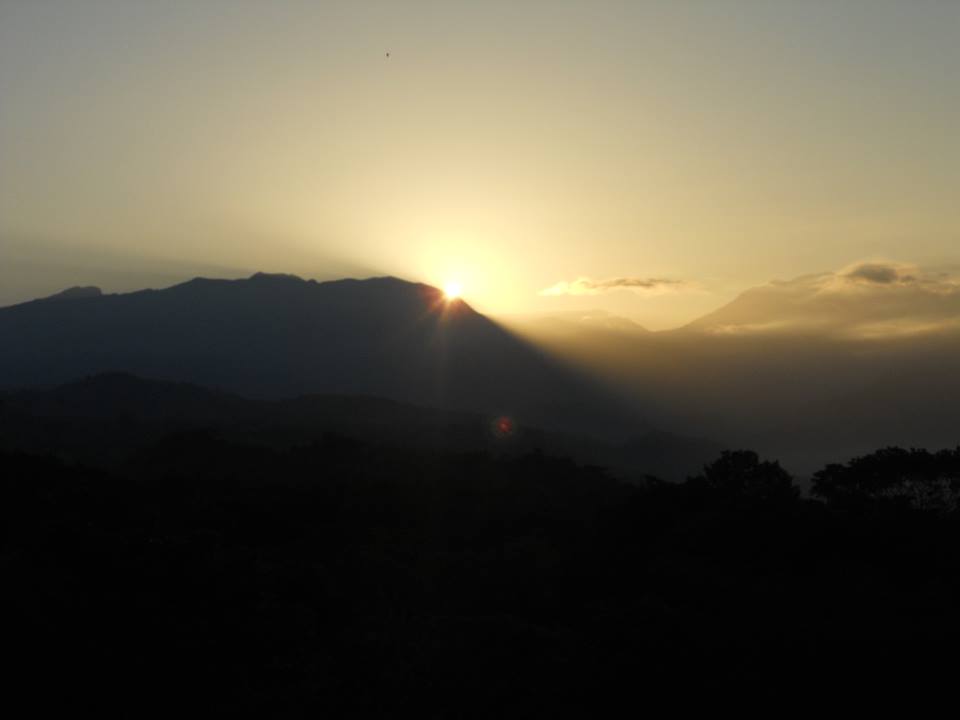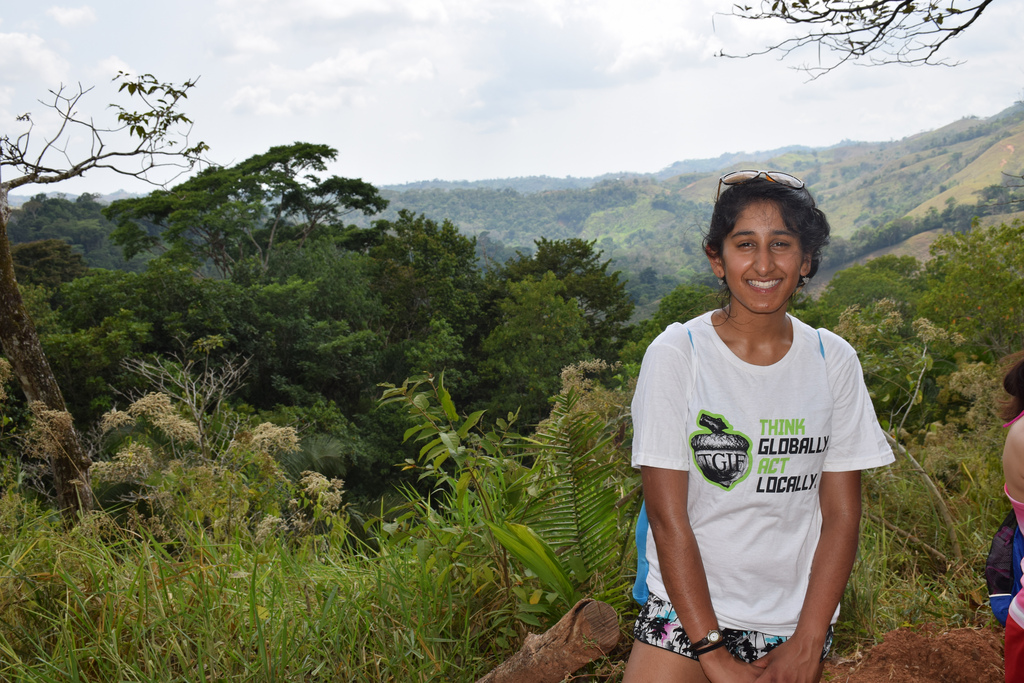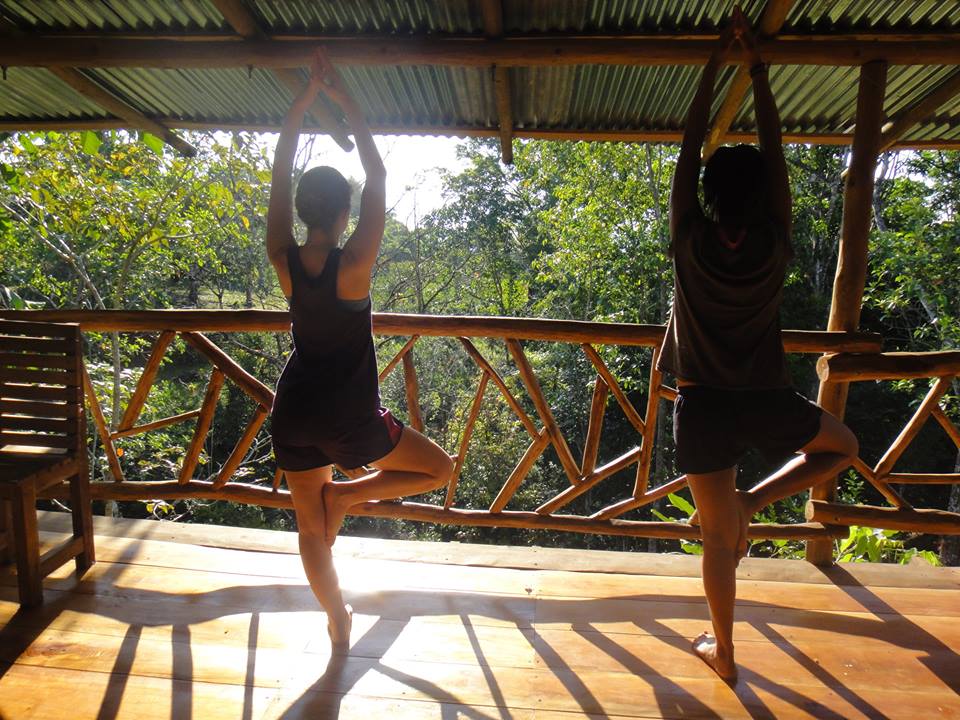Written by Diana Alatorre
“You Californians are crazy!,” shouted Carlos Jimenez, one of our tour guides at Hacienda Baru, just as Kelly Florimon ran to jump off a platform only to be sustained mid-air by a cable and her harness as she zipped through the middle of a forest.
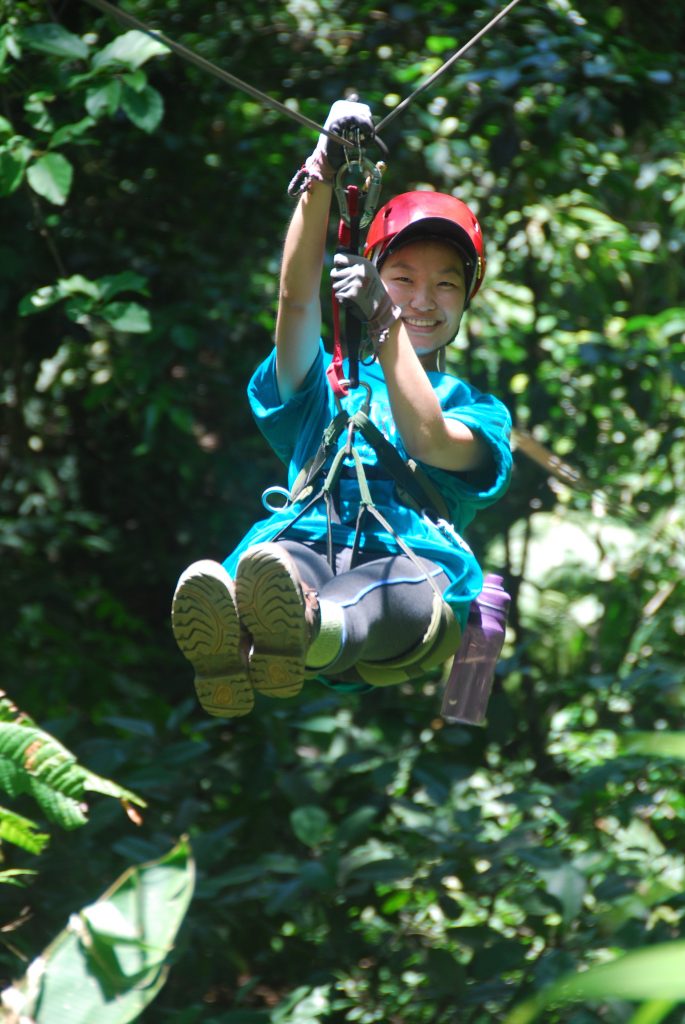
Ziplining is a different kind of adventure-seeking thrill than ordinary roller coaster rides. On a roller coaster, you’re amongst many other people, but while ziplining, it’s just you, a helmet, a harness, a wire, and the environment. Those seconds spent hundreds of feet above ground, secluded from friends and safety, are truly spectacular. One moment you’re terrified about hitting a tree that seems to be approaching you at a speed that is beyond control, and the next minute you’re admiring the beauty of the forest and its numerous sounds.
Before we began the “Flight of the Toucan” ziplining experience, Carlos instructed us on how we would be strapped onto the cable, how we should position our arms, legs, torso, and most importantly, how to hold a camera so we could capture every moment of the experience. Though that probably wasn’t actually the most important part, it appeared to be what we wanted to know the most about. In the midst of all this chaos, Carlos told us what we would have to do in case we became stranded somewhere along the cable line. He said it didn’t happen often and that we shouldn’t worry about it, but that if it did happen, we were to remain calm and use our hands to pull ourselves forward to the end of the cable and onto the landing platform. It sounded easy enough, so I brushed the information aside and got ready to embark on the adventure of lifetime. Little did I know, I would need to use that information some seven cable rides later.
From the start of our time at Hacienda Baru, Carlos was a jokester. He did everything he could to make us laugh, scream, and become absolutely terrified. His jokes didn’t cease when we were hundreds of feet above ground with nothing to save us from a plunge into the forest. As he connected us onto the cable lines, he’d jokingly pushed us, assuring high-pitched screams from our group of girls. He laughed at our reactions, as did the rest of the group that had not just felt like they were about to take a dive into solid earth. It was all in good fun of course, and a bit of a rush. At some point during our flight, he decided I was a good screamer and became a target for his jokes. I knew he wouldn’t actually make me fall, but I was still terrified every time it was my turn to be strapped in. On cable ride number 8, the unforeseeable event happened. And although he had taught us what we should do in case we stopped moving in the middle of a cable, he didn’t mention it could also happen on the last and final cable where we would be taking the Flight of the Toucan backwards. I was already terrified by the fact that the only things (aside from my harness) keeping me from plummeting back-first into shrubs, clay-hard soil, trees, and probably bugs were Carlos’ hands holding onto my hiking boots, so what happened next should have left me petrified.
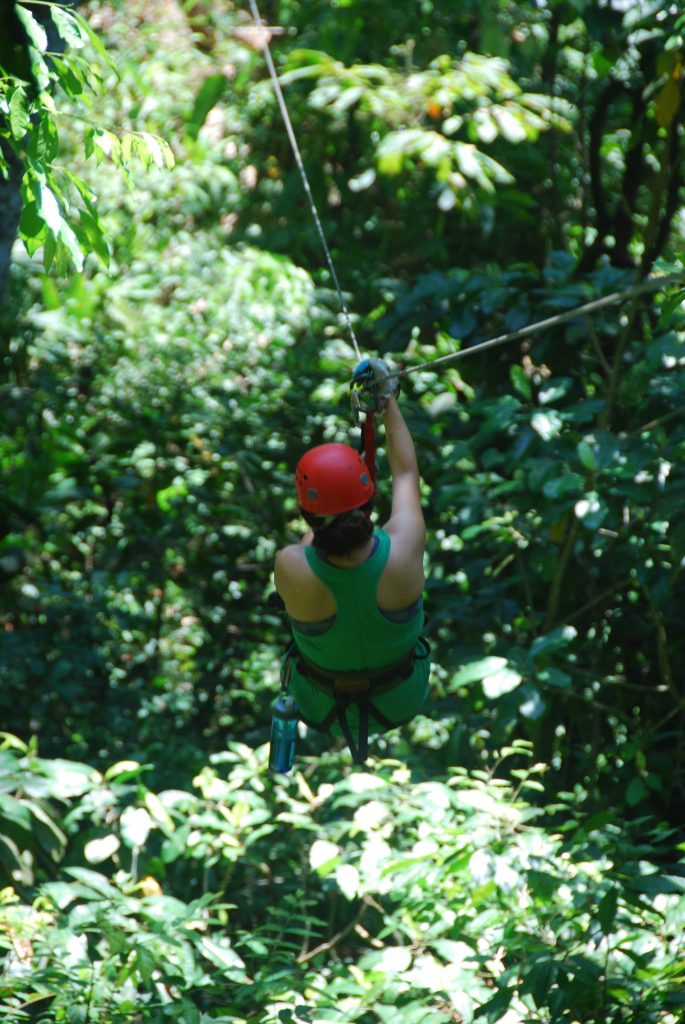
About two-thirds into the line, Costa Rica decided I would no longer be continuing my backwards flight. My speed decreased rapidly but before even coming to a stop, I somehow began to move in the opposite direction—forward. Insert confusion and shrieks as high pitched as imaginable here. Suddenly, I understood what was happening, not how or why, but what I should be doing. I instantly reached for the cable behind me just as Carlos had begun to yell out instructions to me. I began a slow, yet awkward, return to towards the end platform. With cheers, laughter, and weak arms, I made it to the end, un-petrified. Thanks to Carlos and everyone at Hacienda Baru, our entire team was able to make it out of the forest unscathed!

